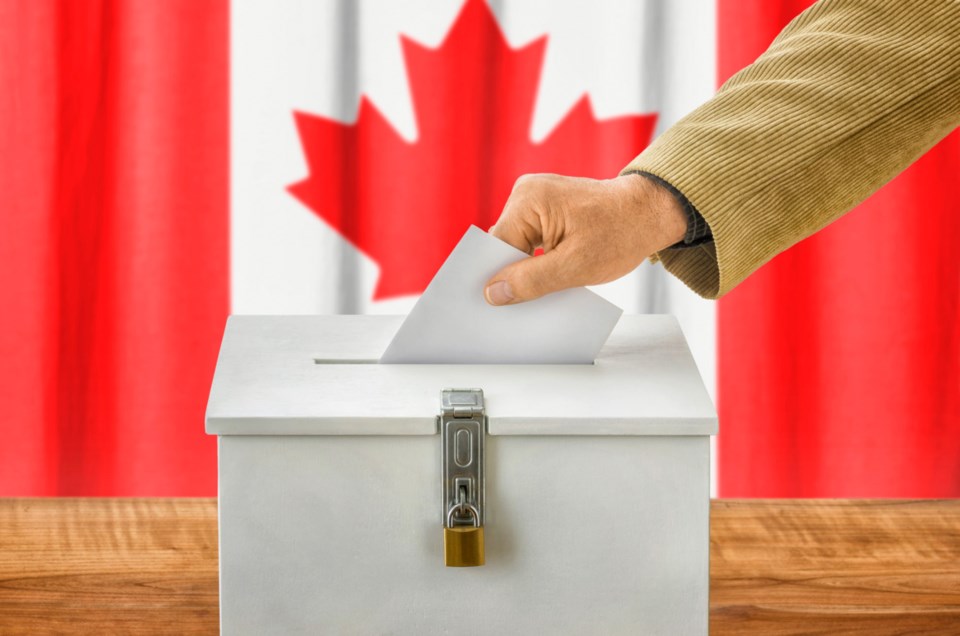********************
Congratulations to OrilliaMatters for showcasing the debate about electoral reform that has taken place in letters over the past two weeks. Such a prolonged debate about electoral systems is a sign of a healthy democracy and engaged citizens.
So let’s consider the arguments we’ve read recently. Mr. Nicol put forth some ideas about the effects of PR that I called “nonsense.” (Please note, Mr. Nicol that what I called “nonsense” was the idea that PR would destroy our country; I did NOT call you “nonsensical” as you claim in your second letter.) There is no reason to believe that simply moving to a different form of electoral system would have some kind of disastrous consequence for our country.
Mr. Hawes has advocated a move to a ranked ballot system, claiming that is a more “viable and practical alternative.” “Viable” it might be; changing to it might be simpler than a move to a Canadian-designed PR system. “Practical”, however? I’m not so sure.
The ranked ballot asks the voter to “rank” their choices 1, 2, 3—and so on. If the first place votes are tallied and no candidate has captured 50% of the votes, the person with the lowest votes is dropped and the second choice votes of those voters are added to the other candidates total of first-choice votes to see if one candidate now has 50%.
Again, if that doesn’t give any candidate a majority, another candidate is dropped off and that candidate’s second place votes are added to the others. When one of the remaining candidates finally gets to 50% plus 1, he or she is declared elected.
Is this really practical? Does a voter’s second choice on a ballot really equal a first choice in some way? I’d question the logic of this. Is 50% of first-plus-second-place- choices the same thing as 50% of the first choices of voters? I don’t think so.
Secondly, this procedure does not return a “proportional” government. In fact, it could be argued that it might make the election result even more unfair. In Canada’s current political landscape, it is likely that the Liberal Party would benefit from such a change.
Why? Simply because the Liberal Party usually occupies the middle of the political spectrum. Because of this, the second choice for Conservative voters more often than not would be Liberal; similarly, the second choice for NDP or even Green voters also more often than not would be Liberal (rather than Conservative).
The ranked ballot could end up, then, creating a Liberal government with even more seats than they would have received under the First Past the Post system even though when only first-choice votes are considered, fewer than 50% have chosen the Liberal party.
Contrary to Hawes' claim that the ranked ballot would “result in election results more closely aligned to voters’ wishes,” only a PR system produces results in Parliament that closely reflect the choices made by voters.
Hawes claims that even under a proportional system, the agenda of the government would “mainly reflect priorities of the governing partners.” Likely true— as now.
The difference, however, is that the PR government would consist of a coalition of parties voted for by a majority of Canadians. The recent Conservative and Liberal governments of the past decade have reflected only one-party priorities, priorities that have, in each election, been rejected by 60% of the voters.
Consider, also: why would a PR government be any less responsive to the Canadian people than governments that are elected by 40% of voters? This is sham “representative” government.
Finally, Mr. Hawes suggests that a PR government would for some reason be less considerate of those parties left in opposition. And why would that be, exactly?
Wouldn’t parties know that, at some time, they might have to form a future government with at least one or more of those same opposition parties? Perhaps, because of this, they might look with more favour on the ideas being proposed by opposition parties. This is supposition, of course, but if Mr. Hawes can speculate on the dire consequences, I can certainly speculate on the positive ones.
Hawes ends with an appeal that we work together to bring in a voting system that he claims is a better choice, one “more closely aligned to voters’ wishes.” The reality, however, is that there is no guarantee that a ranked ballot system would be anything of the kind.
The only system that can accurately reflect voters’ wishes is a Proportional Representation system. Remember, the basic PR principle is that the percentage of votes a party gets in an election determines the percentage of seats that party gets in Parliament. It’s as simple as that.
And back to Mr. Nicol. His recent letter points out that we should be using the example of the recent election to see the merits of our current system, pointing out that two of the western provinces elected no Liberals.
And yet under the First Past the Post system, the Liberal Party still ended up forming the government, having this time captured just 33% of votes across the country. Yes, a “minority government” which, because passing legislation requires a majority of votes in Parliament (at least 51%), means that they must work with the other parties in Ottawa to get anything done.
Odd, isn’t it. That’s almost exactly what a Proportional Representation system would require after every election if one party didn’t win an actual majority of the votes.
Fred Larsen
Orillia
********************



